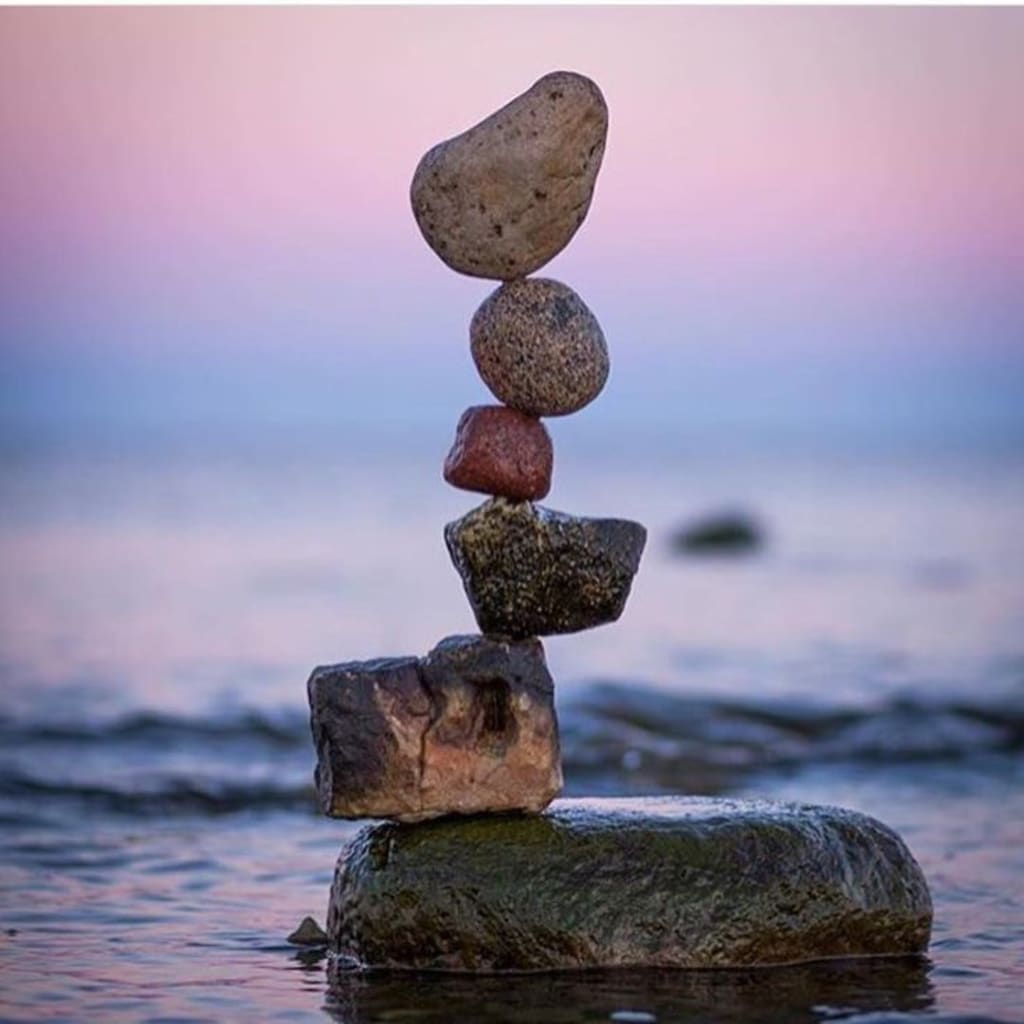Stacking stones is a fun and visually appealing activity.
Stacking stones can be an enjoyable and aesthetically pleasing activity.

Stone stacking is a fun activity that looks cool. However, there is more to know about this pastime. Did you know that people in ancient times also stacked stones? They used them as a first foray into building structures. For instance, Mongolians used them in burial monuments, while in Tibet, they were used in ceremonies to summon good fortune and balance out contradicting energies. Additionally, people use them to mark their environment so that they don't get lost. Remember, back then, getting lost was probably easier since there were no phones to share locations.
This practice turned into a hobby and a meditative practice. However, wildlife experts are becoming increasingly concerned about stone stacking because it can damage nature and, sometimes, people. Unfortunately, some people kick previously made stone structures or make a new one, which is risky since stones are part of the habitat of numerous tiny creatures like insects. These creatures preserve water under stones, and it even gives them a safe place for reproduction. When you lift a stone, you might interfere with Mother Nature's order. If enough stones are moved, it may make erosion faster and even hinder the flow of rivers and streams. Therefore, piles of rocks should never be your only source of navigation for hiking outdoors. They can show you the way home, but they should not be disturbed.
It's kind of like the same principle in ancient times. Many rock stackers built small structures to mark their trail. That's why specialists don't recommend kicking them over. In fact, in some locations, cairns are part of official policy. For instance, Carlsbad Caverns National Park uses them to guide visitors in finding paths at less frequently used parts of the park. Therefore, when you build your own cairns, you can confuse others who desperately need a hint to reach civilization again. So, read the rules of the area you're going to, to figure out if rock stacking is part of the route marking system. In some areas, it's prohibited, like carving initials into a tree. You may break the main rule of wildlife ethics: leave no trace. Lastly, your stone stack, for example, on mountain trails, can fall and trigger cascades that could target hikers below as they walk down the trail.
Since we're talking about outdoor stuff, we should talk about what to do if you see a wild animal. How to behave depends on the animal. Let's start with snakes. Back away slowly and give it some space. Definitely don't put your hands in piles of rocks, by the way, because there might be another snake there. If you see a moose, give it space too, especially if there's a little member of its family nearby. If they start charging, run and try to put a tree between you and the moose, and watch out for those hooves; they're no joke. What about a bear? Back away slowly if it doesn't notice you. If it has, speak in quiet tones. If it charges, use bear spray and stand your ground. I know it's hard, but think like you're the one who has sharp teeth and weighs 600 lb, not it. You can lie down and cover the back of your neck with your hands and stay motionless. Those seconds will feel like an eternity but be sure to stay down long enough for the bear to lose interest. Lastly, in a mountain lion encounter, don't act like prey. Stand tall, make loud noises and back away slowly. If it attacks, fight back with all you got while protecting your head and neck.
There are other things that you should be careful about out there in the wild. You might be a solo traveler, but if it's possible, don't hike alone. The first reason is safety. It would be tough to get back to your starting point if, let's say, you twisted your ankle. Alternatively, you can let people know that you're out there and planning on returning at a certain hour. They can check on you and make sure you're okay. Don't forget to text them when you're back; otherwise, you might end up searching for yourself with the search team. Believe me, it happened. A tourist in Iceland went missing. But not really. You see, the woman had gone on a sightseeing trip with a tourist tour. She then changed her clothes on the break. When she came back in different attire, her tour group didn't recognize her. To make things worse, she didn't even realize they were looking for her. So, they sent out a search party to look for the missing person who was right there with them the whole time. She even helped with the search herself, and they didn't figure out the mixup until 3:00 a.m.
Before going on a wildlife trip, avoid counting on your smartphone for directions in certain situations. Picture yourself deep in the mountains.
About the Creator
Boboie Limen
Discovering and sharing knowledge is my passion as a Filipino citizen. Let me guide you through the vast resources available to us under the sun.






Comments (1)
This informative piece not only sheds light on the ancient origins and potential ecological impact of stone stacking but also provides practical advice on wildlife encounters in outdoor settings. Well